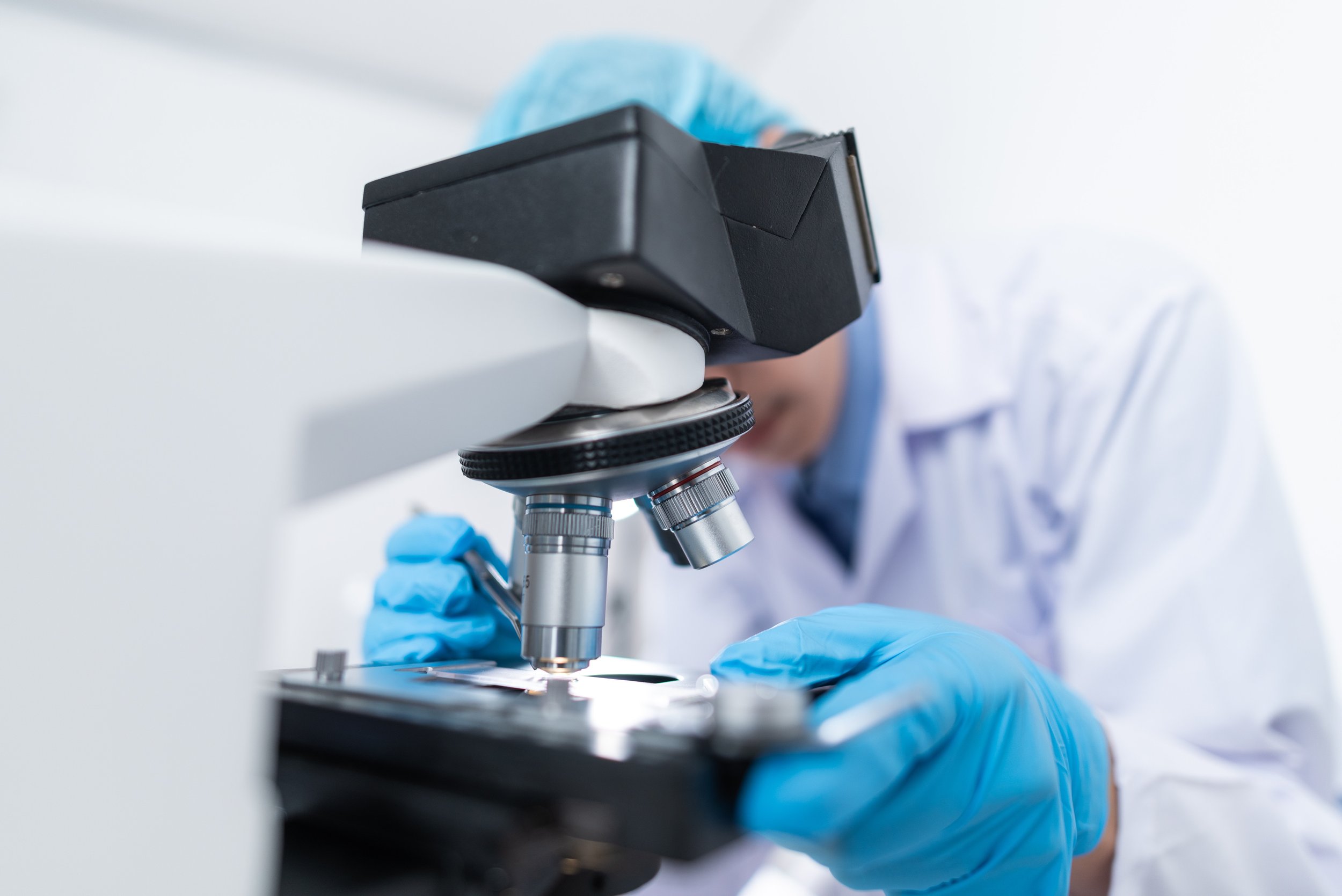
Welcome to
The Mistry Lab
For the past 30 years, Dr Pramod Mistry has focused on providing care for individuals and families affected by Gaucher disease. He has helped to build specialist centers for Gaucher disease around the world.
Dr Mistry is the Chair of the North American Board of the International Gaucher Registry (ICGG). He also chairs the medical advisory board of the Project Hope Gaucher Humanitarian Program. He serves on the medical advisory board of the National Gaucher Foundation and the Gaucher Community Alliance.
Dr Mistry is a passionate advocate of the Gaucher Community and a sought-after mentor by trainees.
From the beginning, Dr Mistry has pursued research as a means to enhance the care of Gaucher disease patients and improve outcomes. His research highlights aspects of Gaucher disease, such as bone disease, cancer risk, Parkinson's disease risk, and pulmonary hypertension.
His lab was among the first to pioneer the use of LysoGb1 (glucosylsphingosine) as a biomarker and show how it causes multiple effects of Gaucher disease. His current research focuses on mapping genes that modify the effects of Gaucher in individual patients using genome sequencing, stem cell research and mouse models.
Providing over 30 years of care for individuals and families affected by Gaucher disease
Our research
At the Mistry Lab, the primary focus of our research is Gaucher Disease, a rare genetic disease passed down from parents to their children, caused by an enzyme deficiency in the lysosomes (the digestive system) within the cells.
Our key areas of investigation include
Developing clinical tools to define the severity and sub-types of Gaucher disease.
Discovering biomarkers to help us understand and monitor the disease mechanisms in patients.
Participating in several clinical trials for enzyme replacement therapies and small molecule therapies for Gaucher disease.
Developing numerous models of Gaucher disease, including humanized mouse models to enable us to understand Gaucher disease to its fullest extent and develop treatments. In turn, these models advance our understanding of glycosphingolipid/myeloid cell interaction underlying systemic inflammation and neuroinflammation in GBA-associated neuronopathic syndromes and Parkinson’s disease.
Conducting studies of Gaucher disease patients to understand the role of the modifier genes to enable us to create advanced treatments and medication.
Our research results
Over the years our research has led to important breakthroughs in discovering new pathways involving more than one cell type leading to Type 1 Gaucher disease allowing for less expensive and more effective ways of treating the disorder.
During this research, we were able to develop a mouse model that replicates all the features of the human disease.


